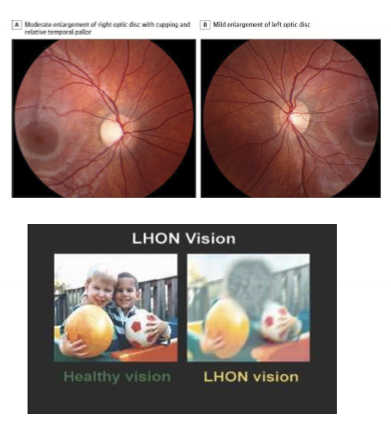22. Genetic Diseases
1/16
There's no tags or description
Looks like no tags are added yet.
Name | Mastery | Learn | Test | Matching | Spaced |
|---|
No study sessions yet.
17 Terms
Monogenic vs Polygenic Disease
Monogenic disease is a disease caused by one mutation: follows mendelian inheritance patterns
Polygenic disease is a disease caused by the effects of multiple genes and the environment: sporadic and no Mendelian Inheritance. More diseases are polygenic.
What are the pedigree characteristics of Autosomal Dominant Genetic Disease?
Vertical transmission
Affects amles and femals equally
M to M transmission
Heterozygotes 50% chance of transmitting to offspring
What is variable penetrance?
The proportion of individuals with a specific genotype who actually express the associated phenotype. Complete penetrance: genotype = phenotype. Incomplete penetrance: genotype not equal to phenotype.
What is Phenocopy?
When the phenotype is present without the genotype.
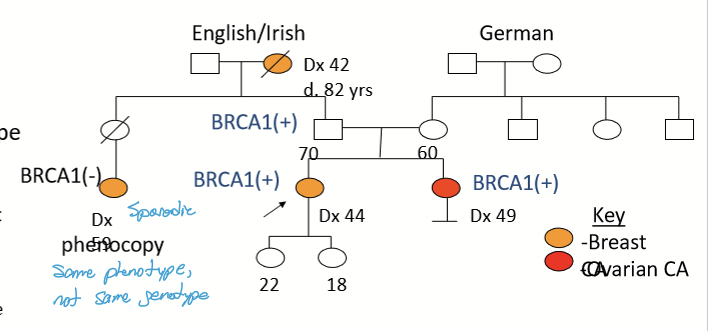
What are the pedigree characteristcs of autosomal recessive disease?
Horizontal transmission, within a generation
Phenotype skips generations
Affects males and females equally
Carriers: no pheno/slight pheno
What are the epidemiology for autosomal recessive disease?
Consanguinity: Same blood/mating relatives
Endogamy: pairings within specific group
Founder’s effect: lack of genetic variable when few individuals start new population
Example of consanguinity
Egypt’s Ptolemy dynasty with brother-sister and uncle-niece pairing.

What is founder’s effect?
When there is a lack of genetic variable due to few individuals starting a new population.
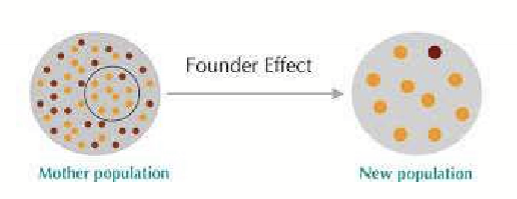
What are examples of endogamy?
Pairings within a group:
Religion: Ashkenazim Jew, Muslims, Christens, etc.
Race
Social Class
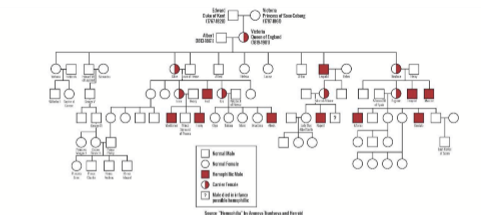
What are the characteristics of X-linked genetic diseases?
Usually LOF mutation on X chromosme, no Y linked human diseases
Pedigree pattern of transmission:
No male to male transmission
Disease phenotype most obvious in males
Female carriers can have mild phenotype due to X inactivation
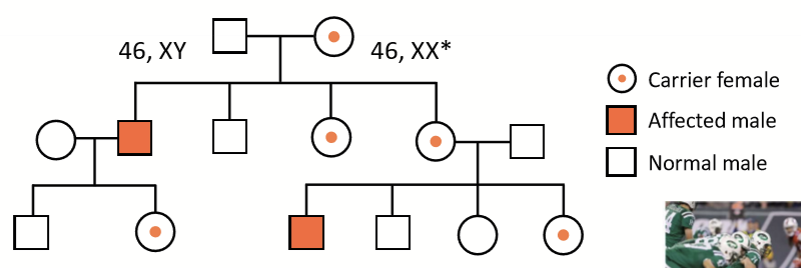
What are the presentation of AD, AR, and XL Retinitis Pigmentosa?
AD and AR forms: loss of peripheral vision with peripheral pigmentary changes: bony spicules, moves centrally causing loss of central vision
X-linked RP: black w/ tapetal sheen in XLRP; Severe vision loss; X-linked RP carrier with tigroid appearance

What are the percentages of how Retinitis Pigmentosa is inherited?
40% have AD inheritance: slowest progression and best prognosis
50% have AR inheritance: moderate prognosis
8% have X-L inheritance: Worst prognosis
What does the RPE65 Gene do?
Mutations in the gene can cause AD or AR retinitis pigmentosa, Leber’s congentical amaurosis (LCA) or Usher Syndrome.
How is LCA treated?
Using gene therapy. LCA patients ages 17-23 are reated with RPE65 Adeno-associated Virus, inject 1/3 of 1 eye. The virus then delivers the working RPE65 gene and cells begin producing normal RPE65 enzyme to restore the visual cycle
What is the pedigree pattern of mitochondrial genetic diseases?
Mother to child transmission. Presentation is dependent on the percent of mutant mtDNA in patient.
How is Leber’s Hereditary Optic Neuropathy transmitted (LHON)?
mtDNA.
What are the symptoms of LHON?
Degeneration of RGC's
Enlarged optic disc
Temporal pallor
Loss of central vision
